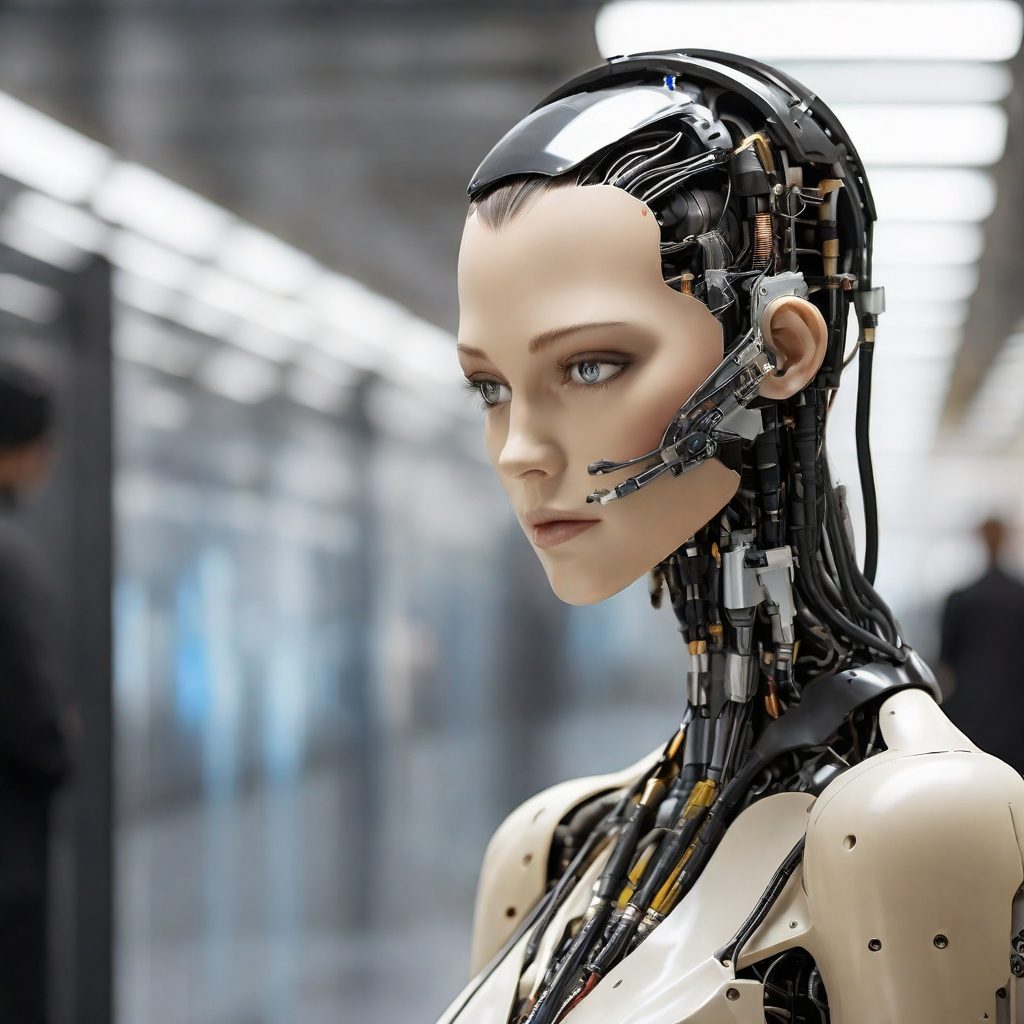As the United States grapples with the daunting task of repairing and modernizing its aging infrastructure, engineers in Pennsylvania are turning to Artificial Intelligence (AI) to revolutionize the construction and maintenance of bridges, roads, and buildings. While AI holds the potential to enhance efficiency, reduce costs, and address environmental concerns, it also raises questions about regulation, reliability, and the role of human expertise.
AI’s promise in infrastructure
Engineers in Pennsylvania are harnessing the power of AI to tackle infrastructure challenges. In a state where 13 percent of bridges are classified as structurally deficient, AI is being employed to create lighter and more environmentally friendly concrete blocks for new construction projects. Additionally, AI is being utilized to design noise-absorbing highway walls that can mitigate both noise pollution and greenhouse gas emissions from vehicles.
The environmental impact of AI in construction
The manufacturing of cement, a vital component in construction, contributes at least 8 percent of the world’s carbon emissions. With 30 billion tons of concrete used globally each year, more efficient production methods driven by AI could have profound environmental implications. AI’s ability to optimize materials and designs has the potential to reduce resource consumption and minimize the carbon footprint of construction projects.
AI’s analytical power
AI, characterized by its capacity to analyze vast datasets and offer insights akin to human decision-making, can significantly expedite and enhance engineering tasks. It has the potential to be both cost-effective and creative, enabling engineers to explore innovative approaches to longstanding challenges.
While AI presents promising opportunities in infrastructure, experts advise caution. The technology is largely unregulated, and its full benefits and potential risks are yet to be proven. Concerns revolve around AI’s ability to design infrastructure in complex regulatory environments and the reliance on potentially flawed data from the internet.
The state of American infrastructure
The United States faces a pressing need for infrastructure renewal, with numerous challenges evident in recent years. Failures in the Texas power grid, water supply issues in communities like Flint, Michigan, and many bridges in poor condition underscore the urgency of infrastructure improvements. Many of the country’s roads and bridges were built decades ago, and addressing these challenges requires innovative solutions.
In one project, engineers use AI to develop novel concrete block shapes that reduce material usage by 20 percent while maintaining durability. These blocks will be employed to construct bridges, a crucial infrastructure element often requiring repairs. The potential impact is significant, given that Pennsylvania has over 12,000 bridges needing maintenance.
Engineers are collaborating with the Pennsylvania Turnpike Commission to design more efficient noise-absorbing walls that can also capture vehicle nitrous oxide emissions. This innovation addresses noise pollution and contributes to environmental sustainability by reducing emissions. These designs promise to save approximately 30 percent of material costs.
AI’s role in damage prevention
AI offers the advantage of early detection and prevention of infrastructure damage. Instead of costly repair projects, AI can identify issues in real-time, such as bridge cracks, allowing for timely intervention and maintenance. This capability could enhance the safety and longevity of infrastructure projects.
Despite its potential, AI remains a technology that requires careful consideration. Concerns include the need for regulation, the risk of disinformation generated by AI systems, and the lack of industry standards. Regulators are beginning to address these issues, emphasizing safety, privacy, and worker support.
The collaborative role of humans and A.I
In the infrastructure sector and beyond, AI is viewed as a tool to augment human capabilities rather than replace them. While AI can assist in data analysis and decision-making, human expertise remains indispensable. Collaboration between humans and AI is envisioned as the path to successful and safe infrastructure development.
Engineers like Dr. Amir Alavi at the University of Pittsburgh are optimistic about AI’s potential to transform infrastructure projects positively. Despite recognizing potential risks, they believe that AI-driven designs can enhance safety and efficiency. As AI technology continues to evolve, it is poised to play a pivotal role in reshaping the nation’s infrastructure.
As the United States faces a critical need to address its infrastructure challenges, AI offers a promising avenue for innovation and efficiency. However, the adoption of AI in infrastructure must be accompanied by careful regulation, rigorous testing, and a commitment to preserving the invaluable expertise of human engineers. Balancing progress with caution will be essential in ensuring the success of AI-driven projects and the resilience of the nation’s infrastructure.




